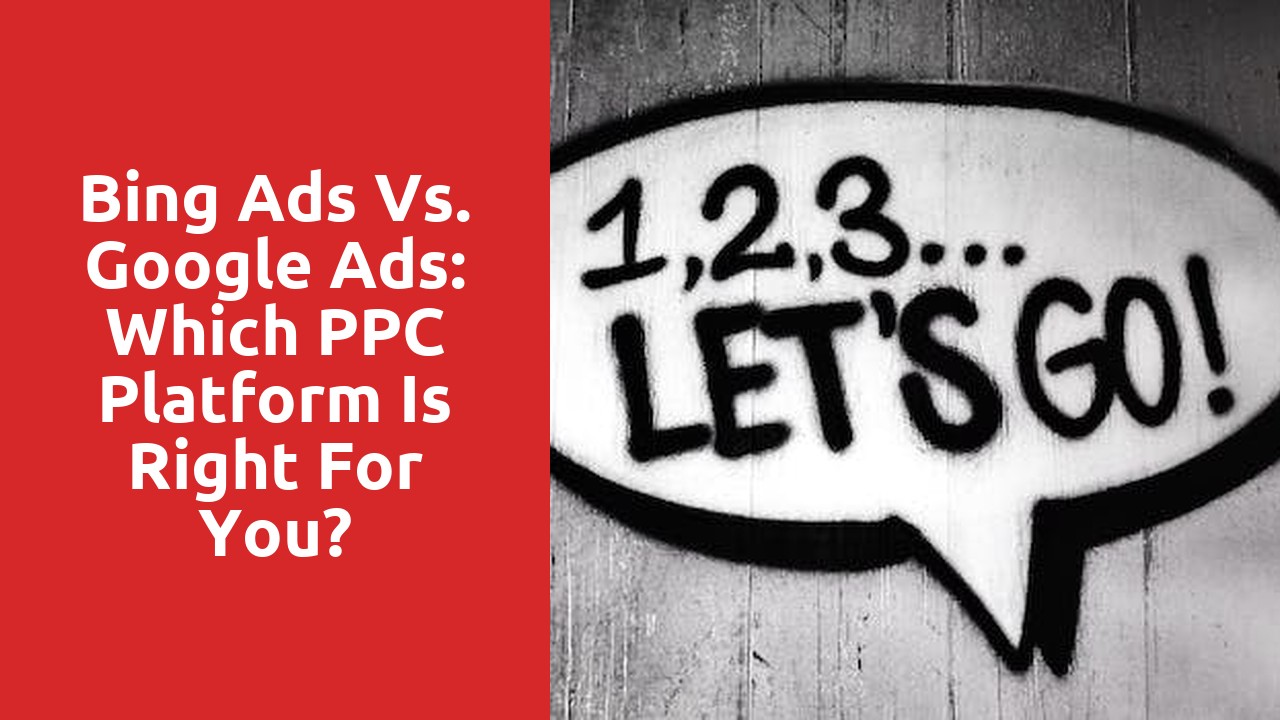Understanding the Importance of SEO in Content Strategy
In today’s digital age, having a strong online presence is crucial for businesses of all sizes. One of the key components in maximizing this online presence is search engine optimization (SEO). SEO is the practice of optimizing a website to rank higher in search engine results pages, increasing visibility and driving organic traffic.
The importance of SEO in content strategy cannot be emphasized enough. When businesses create high-quality, relevant content that is optimized for search engines, they increase their chances of attracting a larger audience. By incorporating relevant keywords, meta tags, and backlinks, businesses can greatly improve their website’s visibility in search engine results. This, in turn, can lead to an increase in organic traffic, greater brand exposure, and ultimately, higher conversion rates. In summary, integrating SEO into content strategy is a powerful tool that can help businesses achieve their online goals.
The Basics of Search Engine Optimization for Content
Optimizing content for search engines is essential to increase its visibility and reach on the internet. When creating content, it is important to consider the keywords and phrases that users are likely to search for in relation to your topic. By strategically incorporating these keywords into your content, you can improve its chances of appearing higher in search engine rankings.
Another important aspect of search engine optimization (SEO) is creating high-quality, engaging content that not only appeals to search engines but also to your target audience. This means producing well-written, informative articles that provide value to your readers. By focusing on delivering quality content, you can establish yourself as a trusted authority in your field, attracting more traffic and potential customers to your website.
Identifying Relevant Keywords for Your Content
When it comes to creating content that ranks well in search engine results, one of the crucial elements to consider is identifying relevant keywords. Keywords are the terms and phrases that users enter into search engines to find information, products, or services. By understanding the keywords that are most relevant to your content, you can optimize your website, blog posts, and other digital assets to increase their visibility and reach a larger audience.
The first step in identifying relevant keywords is to put yourself in the shoes of your target audience. Think about the problems, questions, or needs that your content aims to address. Consider the language that your audience might use when searching for information related to your topic. Conducting market research and using tools like Google Trends or Keyword Planner can provide valuable insights into the popularity and competitiveness of different keywords. By carefully selecting and incorporating these keywords into your content, you can improve your chances of ranking higher in search engine results and attracting organic traffic to your website or platform.
Crafting Compelling and SEO-friendly Headlines and Subheadings
Headlines and subheadings play a crucial role in attracting readers and improving the search engine optimization (SEO) of an article. When crafting these elements, it is essential to strike a balance between being compelling and SEO-friendly.
A compelling headline should grab the reader’s attention and entice them to click on the article. It should be concise, engaging, and clearly convey the main idea or benefit of reading the piece. By using strong and impactful words, such as “ultimate,” “essential,” or “revolutionary,” you can create a sense of urgency or curiosity that makes readers want to know more. Additionally, incorporating numbers or asking thought-provoking questions can also make the headline more intriguing to potential readers.
Similarly, subheadings serve as signposts for readers, guiding them through the article and breaking down complex information into manageable sections. SEO-friendly subheadings should be descriptive and relevant to the content they introduce, including keywords related to the topic. By using relevant keywords and phrases, you can improve the search engine visibility of your article and attract readers who are specifically interested in the subject matter. However, it is crucial to balance this with the need for clarity and readability. The subheadings should flow naturally and make sense to readers, rather than simply being a vehicle for stuffing keywords.
Optimizing Your Content Structure and Formatting for SEO
The structure and formatting of your content play a crucial role in optimizing it for search engine optimization (SEO). When it comes to SEO, it’s not just about the words you use, but also about how you present them. The way you structure your content can impact how search engines understand and rank your pages.
One important aspect of content structure for SEO is the use of headings. Headings not only break up your content into more readable sections but also provide search engines with important clues about the topics discussed on your page. By using descriptive headings and placing them in a logical hierarchy, you can help search engines understand the main themes of your content and improve its visibility in search results. In addition to headings, the use of bullet points, numbered lists, and other formatting elements can make your content more scannable and engaging for readers, improving its chances of ranking higher in search engine results pages (SERPs).
The Role of Internal and External Linking in SEO
Internal and external linking play a crucial role in search engine optimization (SEO). These linking strategies not only enhance the user experience but also provide search engines with valuable signals about the relevancy and authority of a website.
Internal linking refers to the practice of linking different pages within a website. By strategically linking relevant pages together, website owners can help search engines understand the structure and hierarchy of their content. This not only improves the overall crawlability and indexability of the website but also helps distribute authority and link juice across different pages. Additionally, internal linking makes it easier for users to navigate through the website, enabling them to discover and explore more content.
On the other hand, external linking involves linking to other authoritative websites from within your own content. These external links act as references or citations and demonstrate that your website is connected to a broader network of trustworthy sources. Search engines interpret these external links as a vote of confidence, indicating that your content provides value and can be trusted. When reputable websites link back to your content, it further enhances your website’s credibility and improves your chances of ranking higher in search engine results.
In conclusion, both internal and external linking are essential components of a successful SEO strategy. By implementing these linking techniques effectively, website owners can improve their website’s visibility, authority, and user experience. However, it is crucial to maintain a proper balance between internal and external linking, ensuring that the links are natural, relevant, and add value to the overall content.














